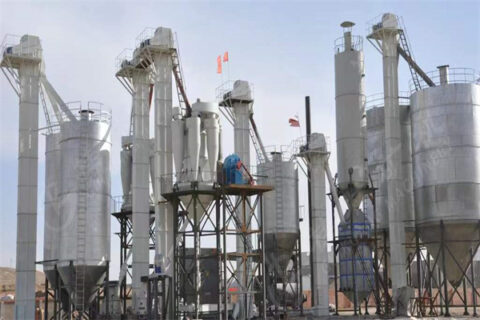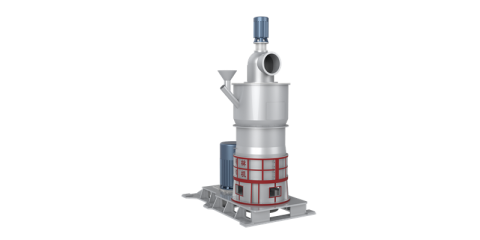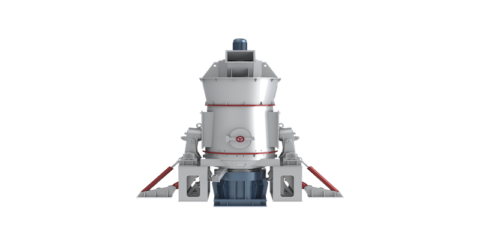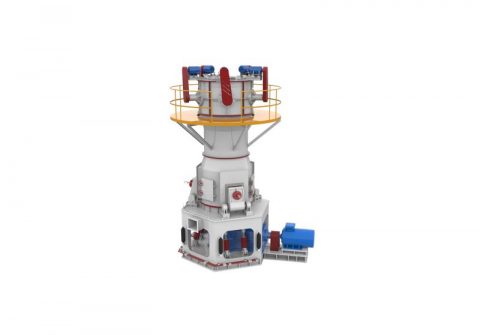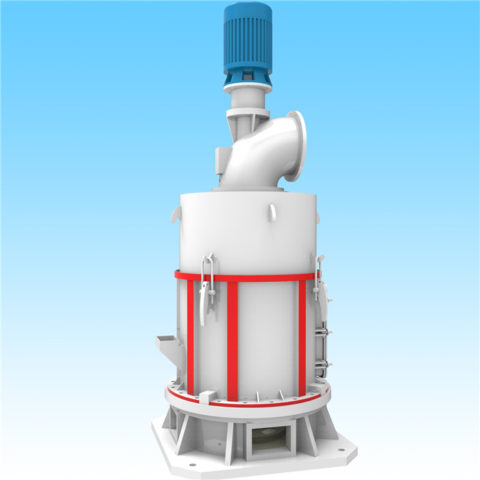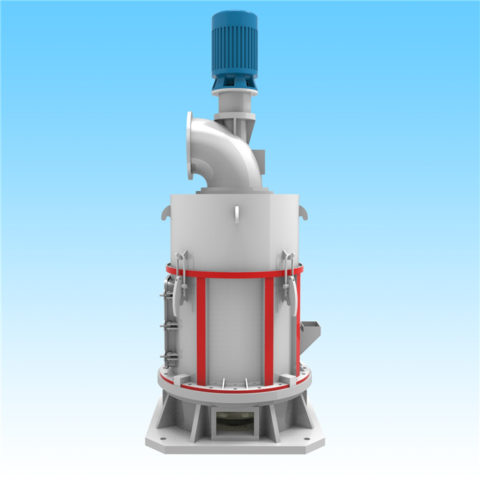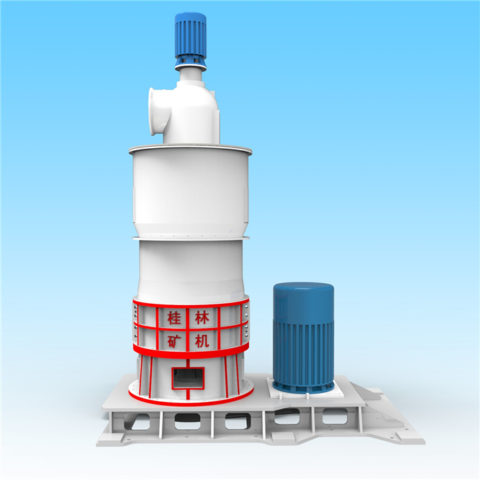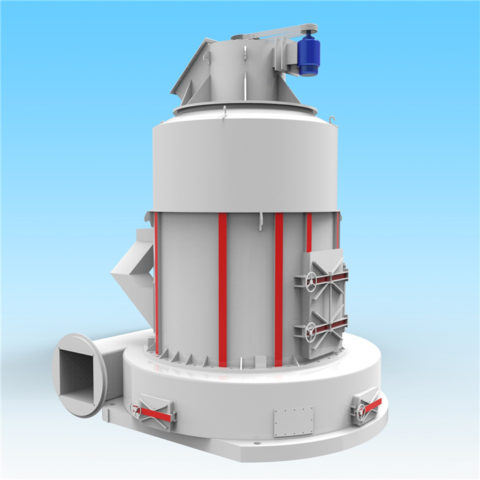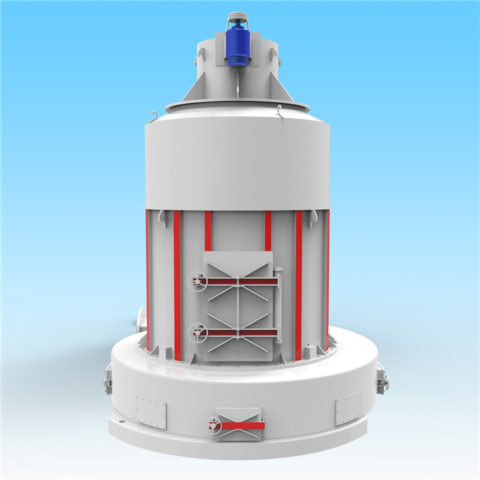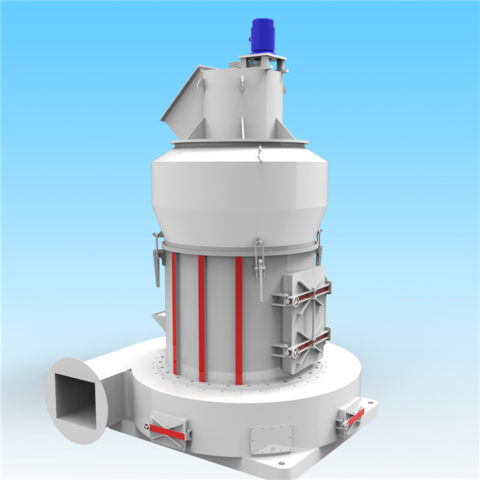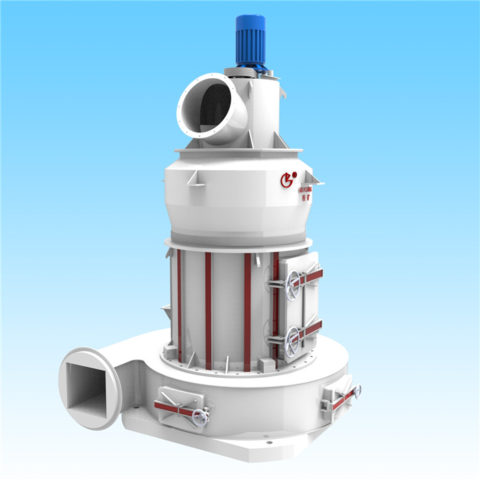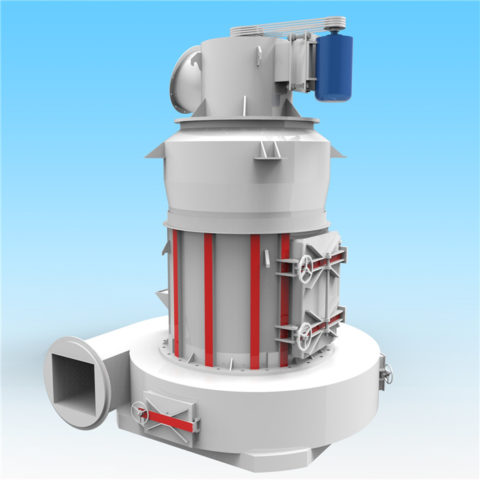Definition of coal gangue
If you want to know the use of coal gangue powder, you need to know what coal gangue is. In a broad sense, coal gangue is a kind of mixed rock mass discharged in the process of coal mine construction and production. According to the current statistics, the storage of coal gangue in China is about 4.5 billion tons, and there are about 1600 large-scale coal gangue mines, occupying 15000 hectares of land. It is also growing at the rate of 150 million tons per year. It is very important to find the use of coal gangue grinding mill or coal gangue.
Properties and classification of coal gangue
From the definition of coal gangue, we can know that coal gangue is a large category of solid waste. So, what are the main chemical components of coal gangue? According to the different properties and classification of coal gangue, whether the use of coal gangue milling has changed.
According to the output mode, coal gangue can be divided into 6 types: rock roadway gangue, coal roadway grinding, stripping grinding, hand selected gangue, washing gangue and spontaneous combustion grinding.
The chemical composition of coal gangue is mainly composed of organic combustibles and inorganic compounds. Inorganic matter mainly refers to: si0240% – 60%, al0315% – 30%, a small amount of feg03, Ca0, Mg0, nag0, kg0 and other inorganic components.
Organic combustibles mainly refer to the ash of coal grinding stone. The calorific value of coal gangue is mostly below 6300kj / kg, accounting for about 10% of the calorific value higher than 630okj / kg, 3300-6300kj / kg, 1300-330okj / kg and 30% of the calorific value lower than 1300kj / kg.
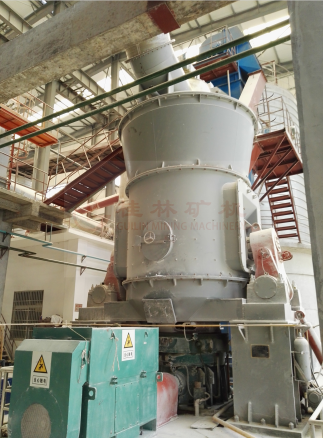
Use of coal gangue powder
(1) Coal gangue power generation
Coal gangue grinding adopts fluidized bed technology. When the carbon content is greater than 20%, it can be used as energy and can be used for power generation.
(2) Recovery of coal and pyrite
The coal gangue adopts composite dry coal preparation, hydrocyclone and heavy medium separation. When the coal content is more than 20%, the coal can be recovered by coal preparation. In this way, GKLM vertical mill must be used to grind coal gangue into coal gangue powder.
(3) Coal gangue grinding powder is used in building materials
After coal gangue grinding, it can be applied to coal gangue brick making, cement making, light aggregate production, coal gangue block and so on.
(4) Coal gangue brick making
The brick making process of coal gangue is basically the same as that of clay, mainly including the preparation, molding, drying and baking of raw materials. In the process of brick making, the characteristics of heat dissipation of coal gangue can be used to make bricks without soil and bricks without coal.
(5) Production of cement from coal gangue
The production of cement from coal gangue requires “two grinding and one burning”, that is, the coal gangue is combined with a certain proportion of limestone, ground into fine materials, burned to partial melting, and the clinker with calcium silicate as the main component is obtained. After adding an appropriate amount of gypsum and mixed materials, the cement is ground into fine powder. Such production process can save the amount of coal during clinker calcination and reduce the consumption of clinker coal; It can improve the burnability of cement raw meal, be conducive to the stability of thermal system and improve the quality of cement clinker.
(6) Production of chemical products
Aluminum compounds are extracted from coal gangue. After mixing coal gangue with limestone or alkali lime, it is calcined at high temperature to activate alumina in coal gangue, then leached with acid or alkali solution, washed and dried to obtain aluminum compounds.
To sum up, we can understand that the use of coal gangue powder is still very wide. Therefore, it is very necessary to choose a good coal gangue grinding equipment.

